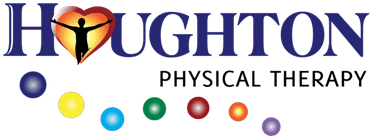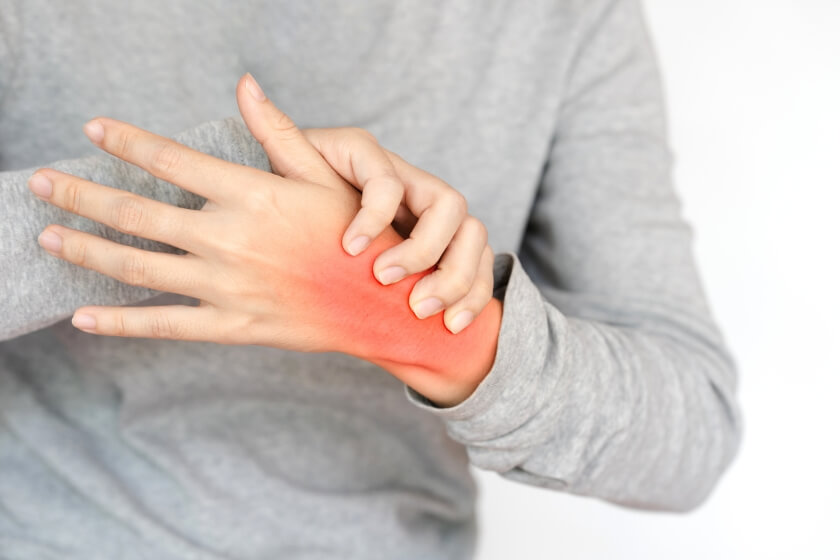Nerve pain—also known as neuralgia—can profoundly disrupt life, turning everyday tasks like typing, walking, or even getting dressed into a challenge. It often presents as stabbing, burning, or shooting sensations, accompanied by numbness, tingling, or muscle weakness. While medications and surgery are sometimes necessary, there’s good news: natural, non-invasive treatments—rooted in solid physical therapy—offer powerful relief and long-term nerve health benefits.
In this blog, you’ll discover how evidence-based, neurological physical therapy approaches can:
- 📈 Improve mobility
- 🧘 Reduce pain
- 🛡️ Prevent chronic nerve damage
What Causes Nerve Pain?
Nerve irritation or damage can begin quietly, often triggered by:
- Acute trauma: falls, sports injuries, sudden jerks
- Overuse injuries: repetitive motions in work or exercise
- Age-related changes: disc wear, spinal degeneration
- Autoimmune disorders: lupus, multiple sclerosis
- Cancer treatments: chemo or radiation-induced nerve damage
- Medications: certain drugs known for neurotoxicity
- Chronic illnesses: diabetes, fibromyalgia
- Infections: Lyme, shingles
- Nutritional deficits: low B12 interfering with nerve function
Depending on the nerve affected, symptoms may hit your hands, feet, arm, or back. Take sciatic nerve irritation, for instance—sometimes a weak core or tight hips force your spine and nerves to compensate, leading to lower back pain or leg numbness. That’s why a holistic rehab approach is essential.
1. Stretching & Strengthening: Building a Solid Foundation
Before jumping into specific nerve therapies, the first step is basic rehab:
- Hip, core, lower back strengthening for sciatic issues
- Rotator cuff, scapular stabilizer training for shoulder/neck-related nerve pain
- Hand/finger precision drills for carpal tunnel or neuropathy
- Ankle and foot mobility work for shin splints or plantar heel pain
Targeted exercises improve coordination, balance, and muscle support, easing nerve pressure and improving movement efficiency. Over time, this strengthens your base and lessens nerve strain with daily motion or exercise.
2. Nerve Gliding (Flossing): Letting Nerves Move Freely
Nerve gliding exercises—also called “nerve flossing”—are gentle rhythmic motions designed to mobilize nerves within the soft tissue and fascia network.
For example:
- Sciatic glides: heel slides, seated knee extensions with toes flexed
- Median nerve glides: wrist extension and elbow flexion while sliding the fingers back and forth
- Ulnar nerve glides: wrist/finger extension and forearm motion with mild tension
These baby-step movements can relieve nerve adhesions and reduce pain or tingling during daily movements.
3. Joint Mobilization: Restoring Fluid Movement
Stiff joints often lead to compensatory patterns that pinch nerves. For instance, neck stiffness may force your shoulder muscles to overcompensate and impinge nerves.
This is where physical therapists step in—with joint mobilization techniques performed manually to:
- Reduce joint stiffness and inflammation
- Improve nerve glide around joint spaces
- Enhance blood flow and healing capacity in surrounding tissue
Imagine your spinal or wrist joints feeling “crusty”—manual therapy helps gently loosen them and restore smooth, pain-free movement.
4. Soft Tissue Mobilization: Releasing Tension & Scar Tissue
Muscle knots, scar tissue from past injuries or surgeries, or tight fascia can interfere with nerve paths. Our therapists use hands-on tools and techniques—like deep tissue release, instrument-assisted soft tissue mobilization (IASTM), or cupping—to:
- Break up adhesions
- Reduce muscular tension
- Improve nerve glide through tight tissues
Think of it as clearing a jam-packed freeway so nerve signals can flow freely again.
5. Posture Training: Small Habits, Big Changes
How we sit, stand, work, or hold our bodies matters. Tech neck, forward shoulders, rounded low-back—all these habits increase tension on nerves over time.
We work with clients to:
- Identify postural faults
- Build ergonomic awareness and muscle support
- Reinforce daily posture with simple cues and exercises
The result? Gradual release of chronic tension and less nerve stress throughout your day.
6. Neuromodulation Technologies: Stimpod & Shockwave
Stimpod
Stimpod is a cutting-edge, non-invasive neuromodulation device used for targeted nerve pain relief. By delivering gentle, wave-like electrical stimulation directly to irritated nerves, it:
- Calms hyperactive nerve signals
- Reduces inflammation
- Promotes regenerative healing
This approach is ideal for chronic conditions like sciatica, diabetic neuropathy, or post-surgical nerve irritation.
Shockwave Therapy
High-energy radial or focused shockwave therapy uses controlled acoustic waves to stimulate tissue repair and reduce pain. For nerve pain, it:
- Promotes healing in soft tissue
- Stimulates local microcirculation
- Breaks down nerve sensitization in surrounding tissue
It’s fast, safe, and effective—and our therapists are trained in its clinical application.
Physical Therapy: A Safe, Non‑Surgical Alternative
Choosing non-invasive options first is smart. It avoids prescription side effects, surgical risks, and extensive recovery time. Many patients find relief and improved function through:
- Tailored physical therapy focused on nerve pathways
- Lifestyle modification—work, posture, activity levels
- Technology integration—Stimpod, shockwave, hands-on care
Physical therapy offers:
- A detailed evaluation of nerve-related movement and symptoms
- Customized interventions targeting root causes—not just symptom masking
- A safe, gradual path to improved nerve health and long-term resilience
When to Consider Physical Therapy for Nerve Pain
- You experience shooting, burning, stabbing, or numb sensations
- Symptoms worsen with movement, posture, or activity
- You’ve tried medication or stretching with little improvement
- You wish to explore natural alternatives before invasive options
Get proactive—don’t wait for the discomfort to escalate into permanent nerve damage or chronic pain states.
Take the First Step Toward Nerve Pain Relief
🌟 You don’t have to accept nerve pain as “normal.” We’re here to help.
Our team at Houghton Physical Therapy integrates advanced tools and therapies—including Stimpod and shockwave—into your recovery plan.
Ready to experience relief?
- Learn more about Stimpod on our website
- Discover how Shockwave therapy can help you
- Download our free nerve‑pain management guide
Or join us for our Regenerative Therapy Workshop on Thursday, July 10 at 5:30 pm to explore the full scope of non‑invasive solutions.
📞 Call us today at 508‑223‑2300 or
🔗 Book your FREE Discovery Visit now!
🔛 Bottom Line
Nerve pain is real—but cutting-edge, non-surgical treatments can help you manage it safely and effectively. With the right combination of movement therapy, manual techniques, and advanced modalities like Stimpod and shockwave, you can:
- Reduce or eliminate nerve symptoms
- Restore function and comfort
- Protect against future flare-ups
Take control of your nerve health—don’t wait until surgery becomes the only option.
Explore our services and take the first step today:
- Stimpod at Houghton PT
- Shockwave at Houghton PT
- Download our FREE Shockwave and Stimpod Therapy Guides
- Sign up for our July 10th Regenerative Therapy Workshop
Live stronger, move better, and thrive—without surgery.
Tags: nerve pain, shockwave therapy, neuralgia, stimpod, stimpod therapy, regenerative therapy



